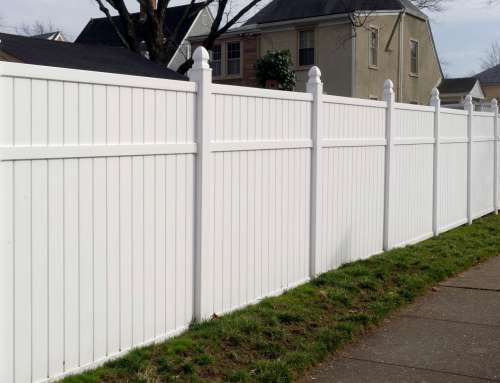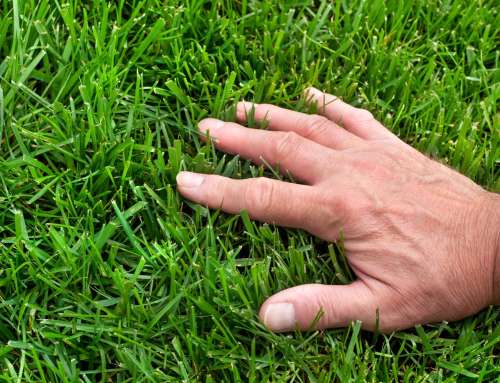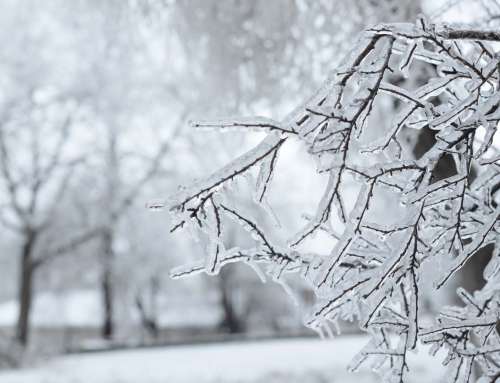There are many ways your trees and shrubs are damaged during the winter season by the season’s extreme fluctuations in weather conditions and temperatures. Simply winter can cause plant injuries.
While we can take refuge inside from the harsh wintery elements, our plants do not have that luxury. They are outside and susceptible to the elements. Winter brings freezing temperatures and heavy winds while offering less sunlight and moisture.
What Plant Injuries Can Occur?
- Browning foliage due to desiccation and winter drying
- Stem splitting or frost cracks
- Deicing salt can kill plant roots and dry out the foliage
- Small rodents feed on the bark when other food sources are sparse
Desiccation
Desiccation occurs when the ground is icy and plants cannot intake water, causing the leaves to dry out. Water in the stems and roots is frozen and unavailable to replenish the loss. This winter drying generally affects evergreens. To prevent this from occurring, apply an anti-desiccant to all broadleaf evergreens, which acts as a sealant and conserve moisture.
Splitting or Cracking
“Bark splitting” or “frost cracking” happens when heating and freezing occur daily; the wind and sun will cause the dehydrated bark to split open or crack. The water inside the tree will freeze and expand, causing the splitting, and can cause injury or death to the tree. Once a frost crack occurs on a tree, it will likely appear annually. To protect the trunks of smaller trees, apply a commercial polyurethane or paper tree wrap. Attach it in the fall and remove it before Spring.
Salt Can Damage Trees
Salt used to melt ice can cause damage to pine, spruce, and fir trees. Salt damage causes evergreen plants needles to brown. Salt that remains in the soil can also damage roots. Protect evergreens from salt spray with burlap screens.
Girdling
When food sources become scarce, mice and rabbits often damage young trees in the winter by feeding on the bark. Girdling happens when the bark is completely stripped from the tree. Rabbits feed on the bark above the snow, and mice consume near the ground level. The most preventative measure to girdling is to wrap the trunk and low branches of young trees with screen wire or hardware cloth to prevent rodents from reaching the roots, trunk, or branches.
Winter damage may not be evident until the Spring, which may be too late to reverse the damage and save your plant. You should perform the following preventative measures in the fall:
- Fertilize regularly in the fall to provide the nutrients your plants will need during the winter
- Water your trees and shrubs until the ground freezes
- Apply 3-5 inches of mulch to help insulate the ground around the roots
The professionals at Artistic Tree and Landscape Designs can help you prepare and repair your outdoor living space. Call them to help with your plants’ winter needs at 412-303- 4443.





